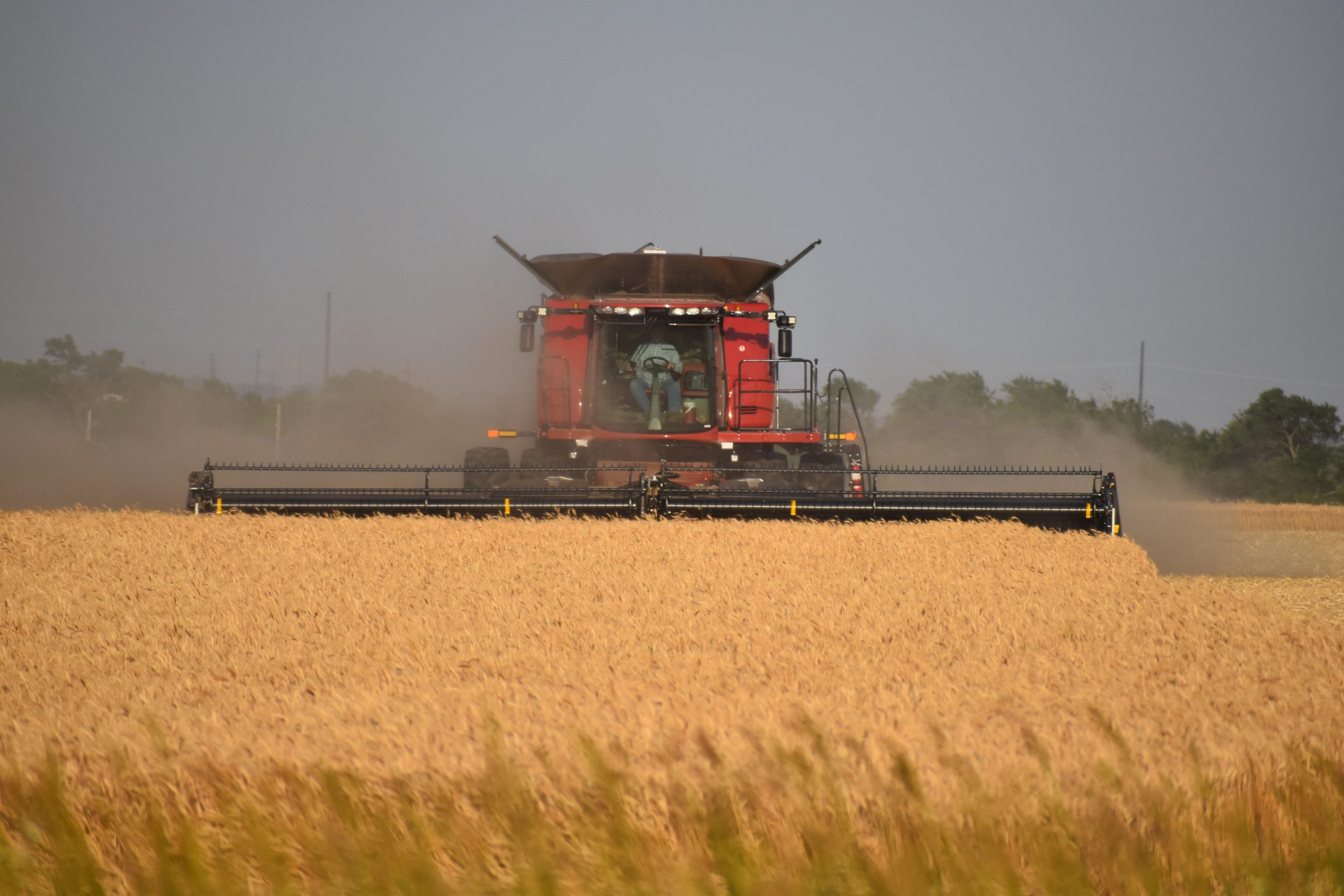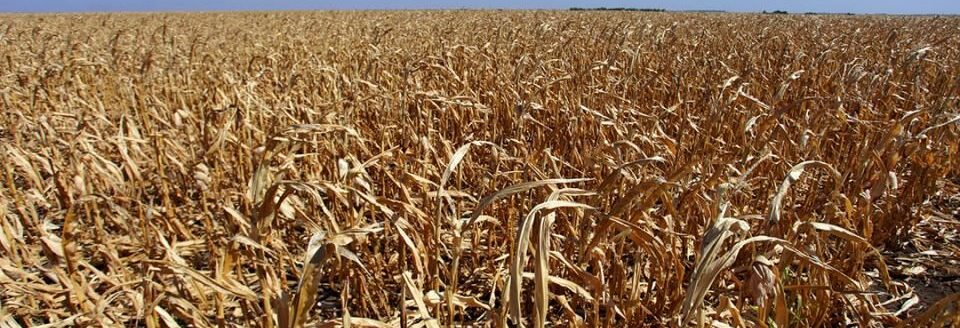
May was an active month with numerous bouts of severe weather leaving behind destruction and sadly fatalities occurred too.
May and June tend to be active months for severe weather in the Plains, but some areas experienced severe threats many days in a row. The week of May 19 to 25 showed preliminary numbers of over 150 tornadoes across the nation.
Moisture—without wind, hail and tornadoes—is always preferred, but some of these storms brought needed rain to areas that have been exceptionally dry. Some storms also brought too much rain too quickly with some instances of flash flooding from Texas to Kansas to Nebraska.
Despite spring rain, some areas in the southern Plains continued to deal with drought impacts to rangeland, pastures, winter and summer crops, according to the U.S. Department of Agriculture.
Late spring heat in Texas broke not only daily records, but monthly records too. Brownsville, Texas hit 100 degrees Fahrenheit on May 24, which was the second time of hitting 100 degrees or hotter already for the month. McAllen had eight days of triple digit heat in May, which also set a record for that location. The temperature at Del Rio climbed to 112 degrees on May 26.
In the global view, a transition from El Nino to ENSO-neutral is expected soon as conditions continued to show a weakening El Nino. Then a La Nina is forecast to develop late summer or early fall.
Looking ahead into June, above average temperatures are forecast across all of the central Plains.
For precipitation in the month ahead, totals are forecast to be above normal from southern Kansas into Oklahoma and all of Texas except the southwest part of the state.
For the next three months, the forecast dries out for the western parts of Texas, Oklahoma, Kansas and Nebraska with rain totals expected to be below normal.
During this same time, temperatures will remain above normal for the southern Plains into Nebraska.
I’m always keeping an eye to the sky (and the weather patterns), so watch for July’s update.
Editor’s note: Regina Bird grew up on a farm near Belleville, Kansas. The views from the farm helped spur her interest in weather. Following high school, she went on to get a bachelor’s degree in meteorology from the University of Kansas. She worked as a television meteorologist for nine years in Nebraska. Follow her on Twitter: @ReginaBirdWX



